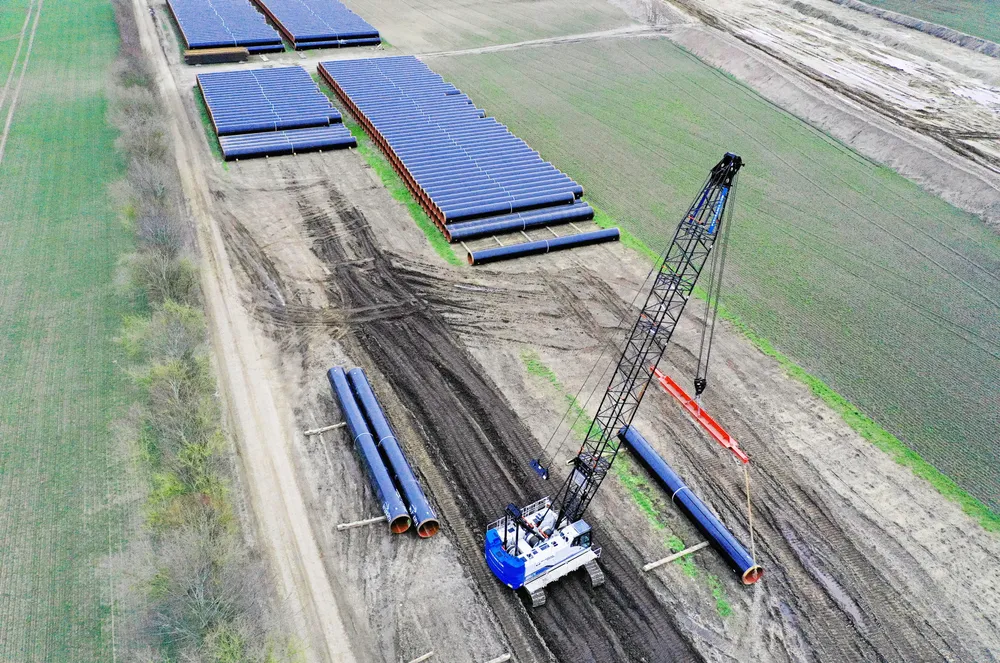A European hydrogen network could reduce the need for power-grid expansion in net-zero energy system: study
Public opposition to new overhead transmission lines may necessitate repurposing of gas pipelines, say academics

Public opposition to new overhead transmission lines may necessitate repurposing of gas pipelines, say academics
